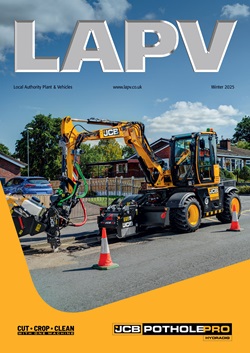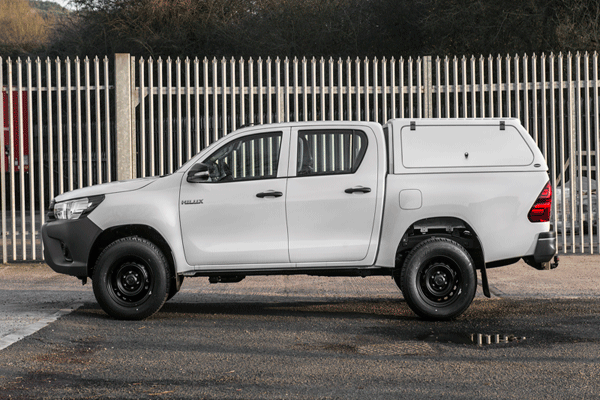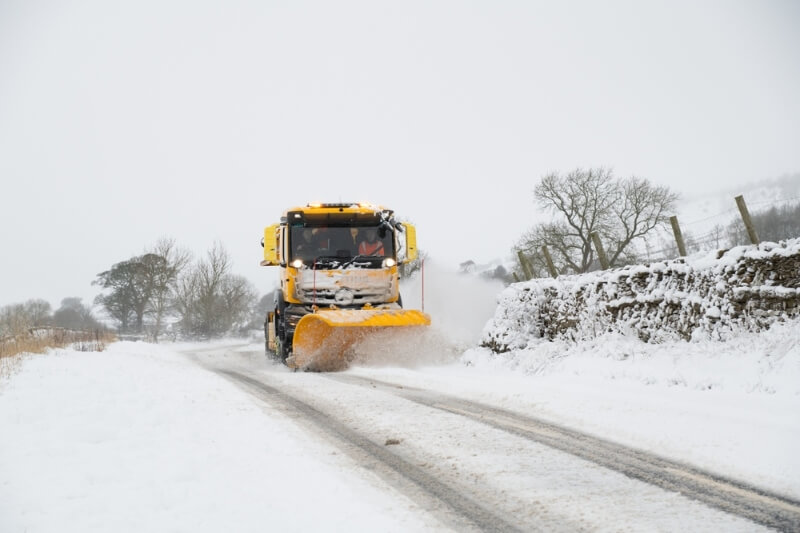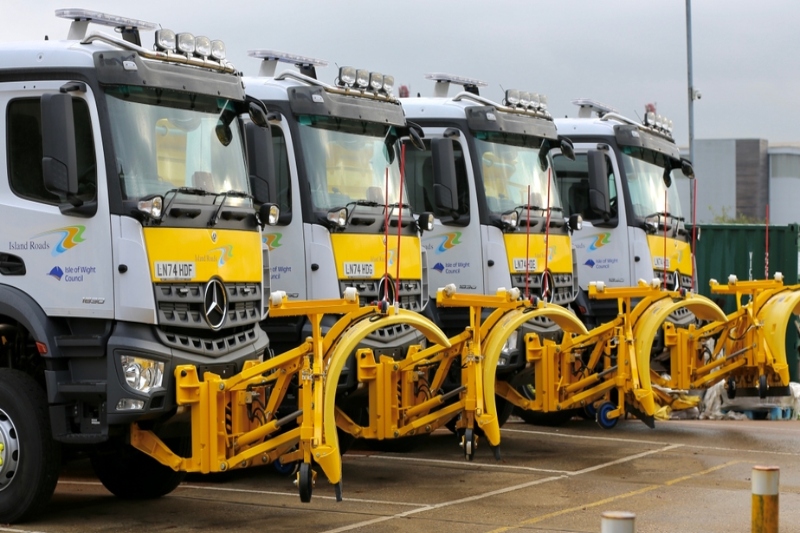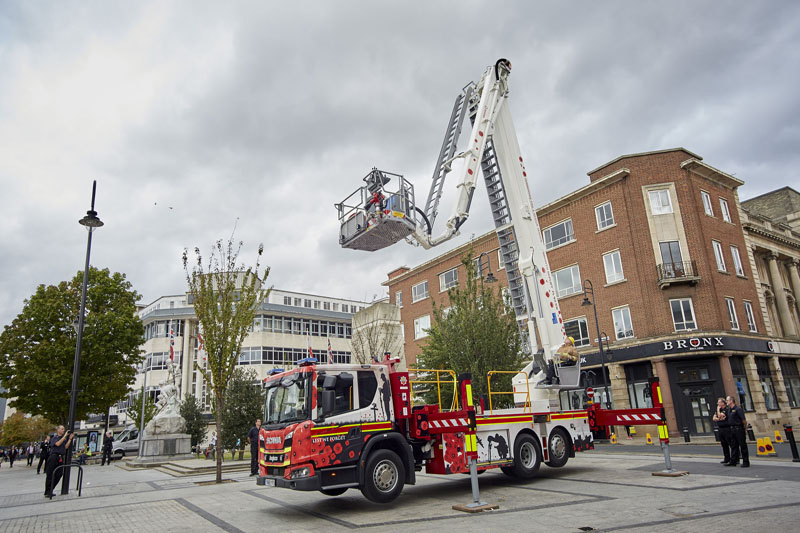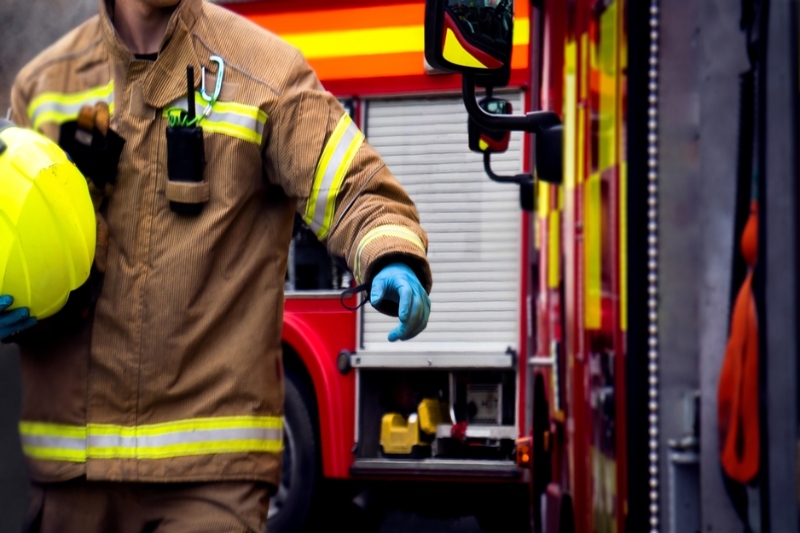Britain’s safety regulator has issued a safety notice on the use of wheeled loading shovels, widely used in the waste and recycling sector.
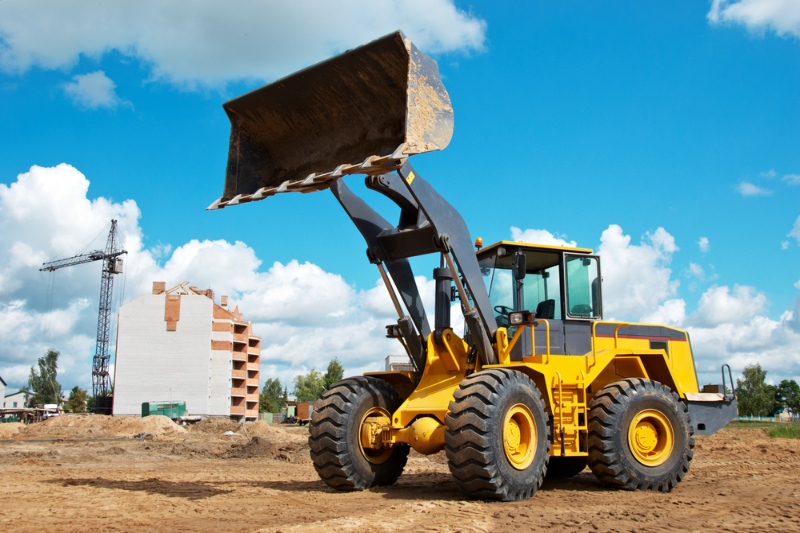 The Health and Safety Executive (HSE) notice follows nine fatal vehicle-pedestrian collisions in the past four years. Six of these occurred in the waste and recycling sector, with the remainder involved in moving wood chip.
The Health and Safety Executive (HSE) notice follows nine fatal vehicle-pedestrian collisions in the past four years. Six of these occurred in the waste and recycling sector, with the remainder involved in moving wood chip.
HSE has identified issues of poor visibility caused by the bucket and load, the engine at the rear and the cab pillars, significantly reducing the drivers’ ability to see pedestrians and, to a lesser extent, other vehicles.
The use of larger capacity buckets, which has become common practice where low-density material is being moved, makes forward visibility significantly worse.
Regulation 4 of The Provision and Use of Work Equipment Regulations 1998 (PUWER) requires machinery to be suitable for the purpose for which it is used. This also applies if the equipment is adapted, for example by fitting a larger bucket.
Head of HSE’s Waste and Recycling team, HM Principal Inspector of Health and Safety, Tim Small, commented: ‘Poorly planned use of wheeled loading shovels can have fatal consequences. This safety notice reminds duty holders who use these machines of the need to fully assess and actively manage the risk of vehicle-pedestrian collisions.
‘Currently, the only effective control measure is strict segregation of vehicles and pedestrians. If you cannot ensure that segregation, you should not use larger capacity buckets or wheeled loaders, but employ alternative work methods such as using different machinery and/or site management arrangements.
‘Before using wheeled loaders – or making changes to them – you should review your workplace transport risk assessments to ensure they will be safe to use in your environment and in the way you intend to use them. By implementing appropriate risk controls, needless pedestrian deaths could be avoided.’


